Why SCA and Heart Attack are Often Misunderstood
- Jun 14, 2021

Why SCA and Heart Attack are Often Misunderstood
The Difference Between Cardiac Arrest and Heart Attack — and why CPR & AEDs saves lives
When I began writing for Cardio Partners, the first question they asked me was whether or not I knew what the difference between a heart attack and cardiac arrest was. I was like, “Of course!” but then was like, “Wait, do I?”
Like most people, it turns out I did and didn’t quite understand the difference between SCA and a heart attack. But whether it’s a heart attack or SCA, it makes good sense to brush up on your First Aid, AED, and CPR certifications because the life you save may be someone that you love.
Why are SCA and heart attacks so often misunderstood? Because just about every time you hear a startled someone say, “You nearly gave me a heart attack!” what they really mean is, “You nearly caused me to experience sudden cardiac arrest!”
What is sudden cardiac arrest? Well, for starters, it’s probably not what you think it is. A heart attack is not sudden cardiac arrest and a sudden cardiac arrest is not a heart attack!
To make matters even more complicated and confusing, these two distinct heart conditions are linked. The American Heart Association explains it beautifully: “Sudden cardiac arrest can occur after a heart attack, or during recovery. Heart attacks increase the risk for sudden cardiac arrest. Most heart attacks do not lead to sudden cardiac arrest. But when sudden cardiac arrest occurs, heart attack is a common cause.”
What’s a Heart Attack?
A heart attack occurs when the flow of oxygen-rich blood in one or more of the coronary arteries — which are the arteries that supply the heart muscle with oxygen — is blocked or clogged, and a section of heart muscle can’t get enough oxygen.
Essentially, it’s a circulatory problem. If blood flow isn’t restored quickly — either by a pharmaceutical intervention that dissolves the blockage or by inserting a catheter into the artery and physically opening it back up — then the section of heart muscle begins to die. The longer a heart attack lasts without treatment, the more damage to the heart muscle occurs.
What’s Sudden Cardiac Arrest?
Unlike a heart attack — which is often (but not always) preceded by symptoms that can occur hours, days, weeks, and even months before onset — sudden cardiac arrest is an electrical malfunction that typically occurs without any warning signs
Cardiac arrest occurs when the heart suddenly stops beating. When the heart stops pumping oxygenated blood to vital organs. Without CPR to keep blood moving and an automated external defibrillator (AED) to shock the heart back into a healthy rhythm, death from SCA can occur within minutes.
Cardio Partners offers CPR, First Aid, and AED training courses in all 50 states in traditional classroom settings and blended learning courses. To learn more about our courses call our team at 800-544-0004 or email Cardio Partners at customerservice@cardiopartners.com.
DISCLAIMER: Information and resources found on the aed.com website and blog are intended to educate, inform, and motivate readers to make their health and wellness decisions after consulting with their healthcare provider. The authors are not healthcare providers. NO information on this site should be used to diagnose, treat, prevent, or cure any disease or condition.





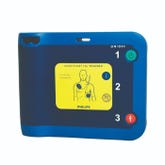
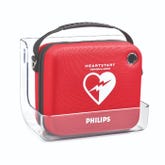
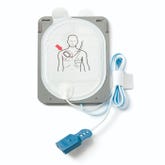
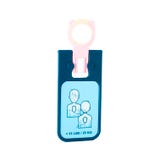
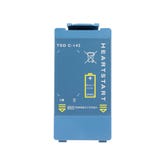
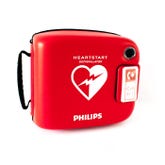
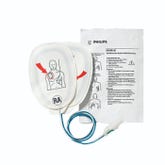
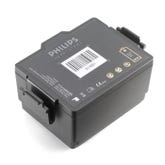
 CALL US:
CALL US: